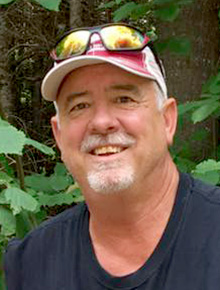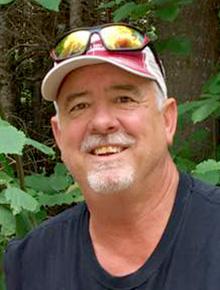
When I wrote about this subject matter 15 years ago for the first time, I almost got my head ripped off. Letters to the editor were a regular occurrence. Minnesota had not had a morning dove season for many decades, and in 2014 that opportunity was made available again by the Minnesota legislature.
I had watched my dad hunt these plentiful birds in South Dakota as a kid, and I made a great bird retriever as we had no dog that could do the job.
This new season had lots of emotions on both sides of it 15 years ago, but today has now become just another reason to spend some time outdoors. Minnesota was initially expecting between 30,000-45,000 hunters when the season was reopened 15 years ago. Today they number about 6,500 statewide.
There are about 350 million doves in the United States, and hunters harvest about 16 million of those each year. This accounts for just shy of 5 percent of the total population annually. Texas hunters, by contrast, number 250,000 strong and harvest 5 million of the total. The dove hunting tradition in the south is much greater than in the Upper Midwest.
Opponents of dove hunting will say they are too small to eat. This is not accurate. If you have never taken a slice of bacon and a jalapeno and wrapped it around a dove breast and put it on the grill, you are missing out. Even my guests that were a little apprehensive at first went back for seconds and thirds.
The average life expectancy of a dove in the wild is less than one year even if they were not hunted at all. Consuming a renewable resource does not hurt that resource.
Dove hunting in Minnesota is a short-lived effort. The season opens on Sept. 1 and lasts long after all of the doves in the state are in warmer climates. A big wind or a very stiff frost will send these birds packing. Good hunting is normally only available for about the first 2-3 weeks of the season.
I have had great hunting one day and then never shot another dove for the rest of the season once the weather turns cold.
One of my mottos has always been, “The difference between a good day and a great day is a good spot.” Finding good dove spots in our state is fairly hard to do. They key in on small grains and sunflowers, and we can hardly find a field like that in the land of corn and soybeans in southwest Minnesota anymore.
A freshly cut alfalfa field can also be a good spot. If you can’t find any of these, I then look for sheet water. A very shallow water spot, water only one inch or two deep, in a larger area can be an ambush spot as the birds move between food and water.
Public Wildlife Management Areas often have many wetlands restored on them and very few other hunters use these areas in September. Scout a few of these and you might find a great dove spot you can have to your lonesome.
One of the very best things about dove hunting is the weather is warm and shooting can be frequent. It is not hard for the average shooter to empty a few boxes of shells before they reach their daily limit of 15 birds.
I read somewhere that it takes an average of 6-8 shells to harvest one dove. I am a better shot than that, but ribbing your buddies can be fun too.
The other positive about making dove hunting part of your outdoor experiences is how easy it is to take a youth along with you. They don’t need lots of expensive equipment. A five-gallon pail and uncle’s single shot shotgun can make their day if you make the effort to take them along.
You don’t have to be totally silent or sit super still. This is a challenge for many young hunters. Doves normally cooperate even if the youth is a little antsy.
Doves offer an outdoor opportunity I really look forward to. All too soon the snow will fly and the doves and human snowbirds alike will head south. Harvest a few of those doves for your grill as they fly south.
Scott Rall, Worthington, is a habitat conservationist, avid hunting and fishing enthusiast and is president of Nobles County Pheasants Forever. He can be reached at scottarall@gmail.com. or on Twitter @habitat champion.



